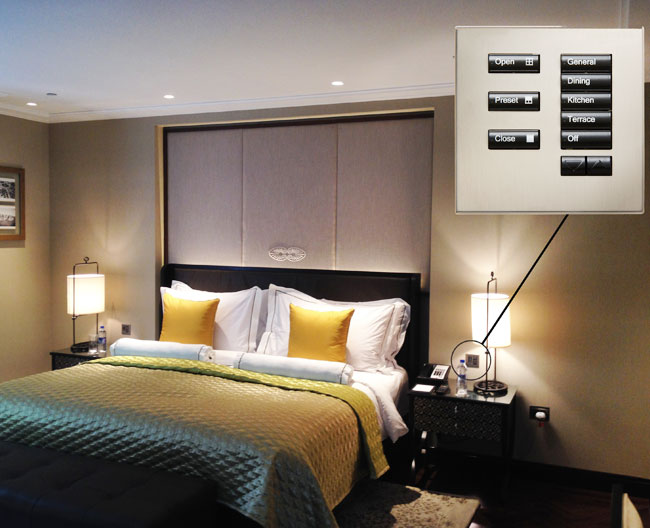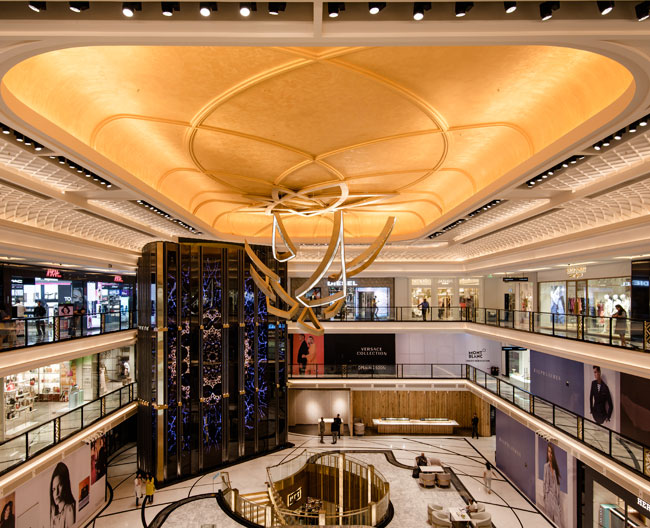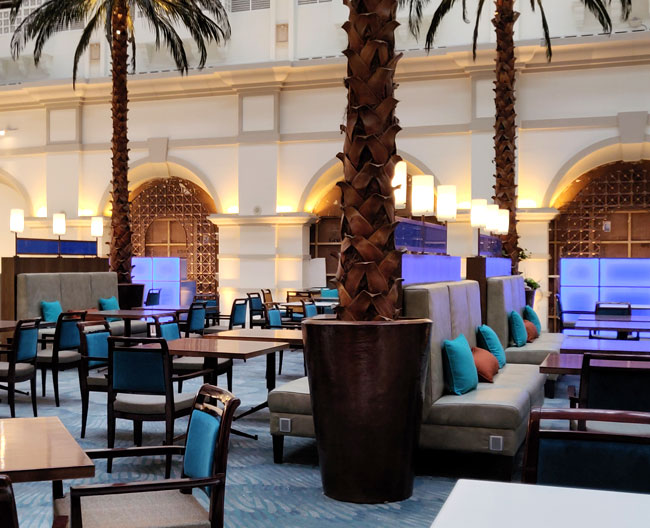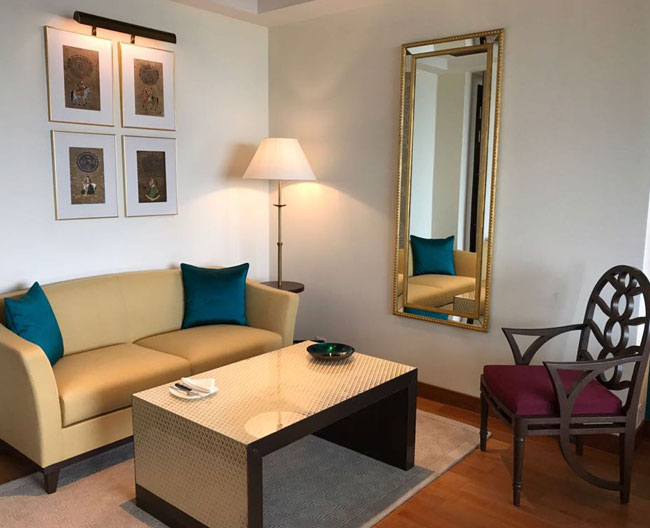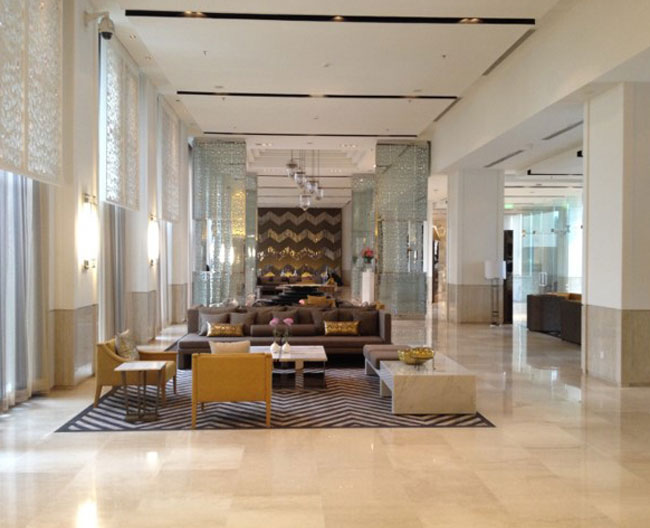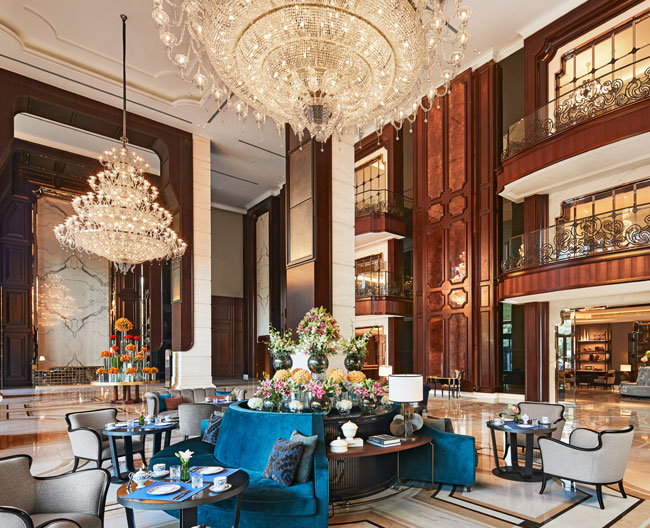One ideal spatial experience for everyone
1. Lighting Control Module
The dimming module has 4 outputs that can dim or switch incandescent, magnetic low voltage or neon/cold cathode each of the four outputs which can switch electronic low voltage or fluorescent lighting. This module has a total capacity of 16A @ 220 - 240VAC w hile the maximum capacity of any single output is also 16A
2. AC MOTOR MODULE
MODEL HW- RPM- 4M- 230
The motor module can control four 3-wire 230V AC motors for applications such as shades, draperies, and curtains. Each motor control uses two mechanically interlocked relays for directional control that prevents simultaneous operation of both outputs. Maximum relay contact rating is 1/2HP, 5A @ 230V for inductive loads, and 1.5A @ 230V for resistive loads.
3. POWER RELAY MODULE
MODEL HW- RPM- 4 R
The power relay module has 4 outputs that can switch incandescent, neon/cold cathode, magnetic low voltage, electronic low voltage, fluorescent, or high intensity discharge (HID). The total capacity of a power relay module is 64A @ 220-240VAC and the total load capacity of any individual output is limited to 16A @ 220- 240VAC, 1/3 HP.
4. ADAPTIVE DIMMING MODULE (Both Leading and Trailing edge dimming)
MODEL HW- RPM- 4A- 230
The adaptive dimming module has 4 outputs that can dim incandescent, magnetic low-voltage, electronic low-voltage or neon/cold cathode. The adaptive module uses our RTISS-TE technology to supply stable power to the lights even in harsh power line conditions. The total load capacity of the module is 13A @ 230V (2990W) and the total load capacity of any individual output is 8A (1840V).
5. LQSE- 4A, 4M, 4T & 4S
LQSE-4A-D
- The DIN Rail Power Module family is a group of modular products for the control of lighting loads.
- DIN Rail Power Modules can be used in a Homework's QS system.
- Automatically selects leading edge or trailing edge dimming for incandescent/halogen, electronic/magnetic low voltage and neon/cold cathode light sources.
- Controls dimmable CFL/LED loads, contact Lutron for compatibility with CFL/LED light sources.
- RTISSR technology ensures that each output dims smoothly and is flicker-free.
- Provides air gap off (when all zones are off).
- Integral protection for common temporary overcurrent and over-voltage conditions.
- LEDs on front of unit provide diagnostic information.
LQSE -4M-D
The motor control power module is an interface that provides seamless integration of Homework's QS systems with AC blinds, shades, louvers, projection, screens, or any compatible AC motor. It provides four independently controllable AC raise/ lower outputs from one common AC input feed.
LQSE -4T10-D & LQSE-4S10-D
The Power Module family is a group of modular products for the control of lighting loads.
- Model Number: LQSE-4S10-D - Power Module unit for switching only.
- Model Number: LQSE-4T10-D - Power Module unit for 0-10 V/Switching.
- Includes QS link for seamless connection to a Homework's QS system.
- Power Module units can be used in a Homework's QS system to control and manage light in an entire home or building.
- Each zone is rated at 10 AMP for switching. Rated for resistive, capacitive, or inductive lighting loads as defined by IEC/EN 60669-2-1.
- Switched outputs utilize latching relays to maintain the state if control power is lost.
- 0-10 V rated for 50 mA maximum output, source or sink per zone.
- The CCI behaves as a Manual Override Closure Input.
- When the CCI is closed or jumpered (factory default), Power Module unit zones will return to the settings or levels they were at prior to entering Manual Override Mode.
6. CONTROL INTERFACE
DMX INTERFACE
- The QSE-CI-DMX operates either in a stand-alone QS system or a Quantum system.
- The QSE-CI-DMX control interface allows zones on a Grafik Eye QS to control DMX512-controlled devices. Any zone on the Grafik Eye QS can be mapped to either a single DMX512 channel or to three separate DMX512 channels, for RGB/CMY color-control applications.
- The DMX channels (maximum of 32) are mapped to Quantum zones, and can be programmed as 1-channel lighting, 1-channel integration, or 3-channel RGB/CMY. If the QSE-CI-DMX is part of a Quantum system, Grafik Eye QS zones cannot be programmed to control DMX channels.
ETNERNET INTERFACE
- The QSE-CI-NWK-E is a versatile integration access point for Lutron's QS-based systems. Through either RS232 or TCP/IP over Ethernet, third-party devices can control and/or monitor a QS system.
- Easily integrate with touch screens, PCs, A/V systems, or other digital systems and devices.
- Monitor lighting scenes, levels, and shade positions.
- The QSE-CI-NWK-E is Quantum compatible.
KEYPADS
- Architectural seeTouch Keypad- Architectural-style keypads feature bevelled edges and precise corners.
- International seeTouch Keypad- The International seeTouch keypad provides elegant, intuitive control of lights and blinds.
- Signature Series Keypad- Slim and elegant Signature Series Keypads incorporate lighting control into standard size millwork.
Features of aforementioned keypads:
- Large, easy-to-use, rounded buttons.
- Illuminated button labels are easy to read throughout the day.
- Custom engraving personalizes each control.
- Contact closure inputs allow integration of occupancy sensors.
Palladiom Keypad
The Palladiom keypad offers a beautiful architectural aesthetic with sleek minimalistic design.
- Buttons and faceplates are made of the same material for a coordinated look.
- Large buttons are easy to use.
- User customisable, backlit text makes the keypad easy to read and provides scene status to the user
- Available globally in two styles— rectangular and square.
- International (square) versions available with one or two columns.
- Faceplates and buttons are available in matte plastic, metal and glass finishes.
Dynamic Keypad (wired Touch screen)
The Dynamic Keypad allows simple, intuitive control of lights, blinds, HVAC, and audio/video equipment from a single location.
- Screen provides a rich user experience and flexible control for a single room or an entire home.
- Individual pages allow simple control of lighting, blinds, and temperature and more.
- Three buttons at bottom provide control of frequently used functions.
Architrave Keypad
Architrave keypads offer an option for incorporating your keypads into door jambs and other millwork where traditional keypads will not work.
- Custom engraving below each button to personalise each control.
- Small LEDs beside each button show status
GRAFIK T Slider
This touch slider establishes a new language for lighting control.
- Simple and intuitive touch control adds style to any space
- Provides local zone control of any lighting load type
- Available in architectural matte, metal and glass finishes
Pico Wireless Control
Versatile Pico wireless control can function as a light weight handheld remote, a stylish table-top control, or a wall-mounted keypad
- 2 or 3 button models with and without raise/lower capability
- Large easy to use buttons
- 10-year battery life
- Models available with icons and labels for easy understanding
7. Wall-box Closure Interface
The QSE-CI-WCI (WCI) is a control interface which is used in combination with Homework's QS systems, Quantum systems, and QS standalone applications. The WCI integrates a contact closure keypad with a Lutron lighting control system.
- Provides 8 contact closure inputs (CCIs), maintained or momentary.
- The CCI can be set up to simulate existing Lutron keypad functionality or custom-configured to meet project-specific requirements.
- Provides a 1-way interface between the Lutron lighting system and a contact closure keypad (not supplied).
- LEDs provide instant feedback during setup and diagnostics.
Features:
- Confirmation when programming
- Verification of contacts which are closed
- Indication of communication mis-wire /malfunction
8. PROCESSOR
HQP6
The Homework's QS processor provides control and communication to Homework's QS system components. The Ethernet links allow communication to the Homework's QS software, integration with third party systems and communication between multiple processors. The software and all integration equipment must be connected to the same network as the processors.


